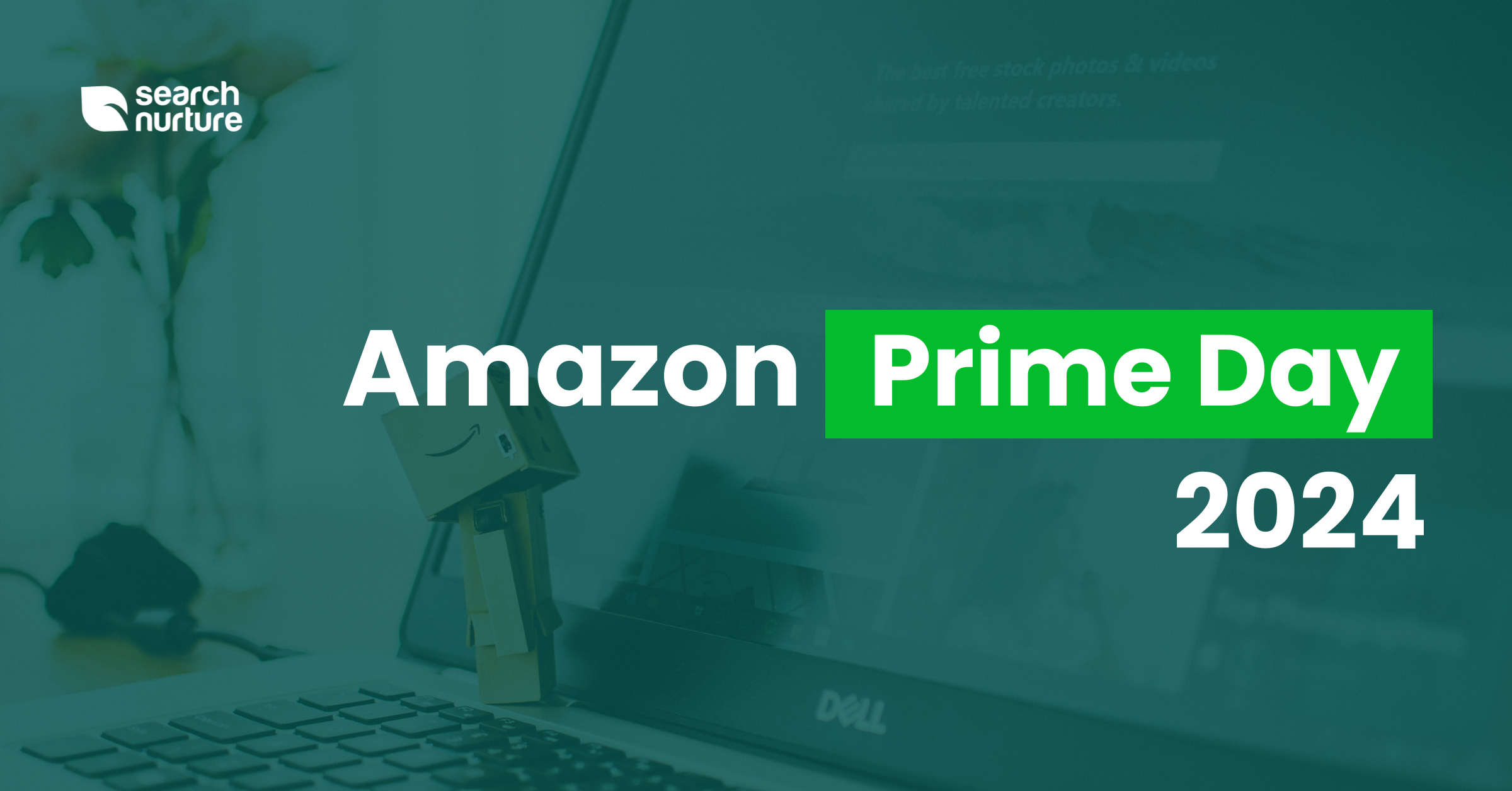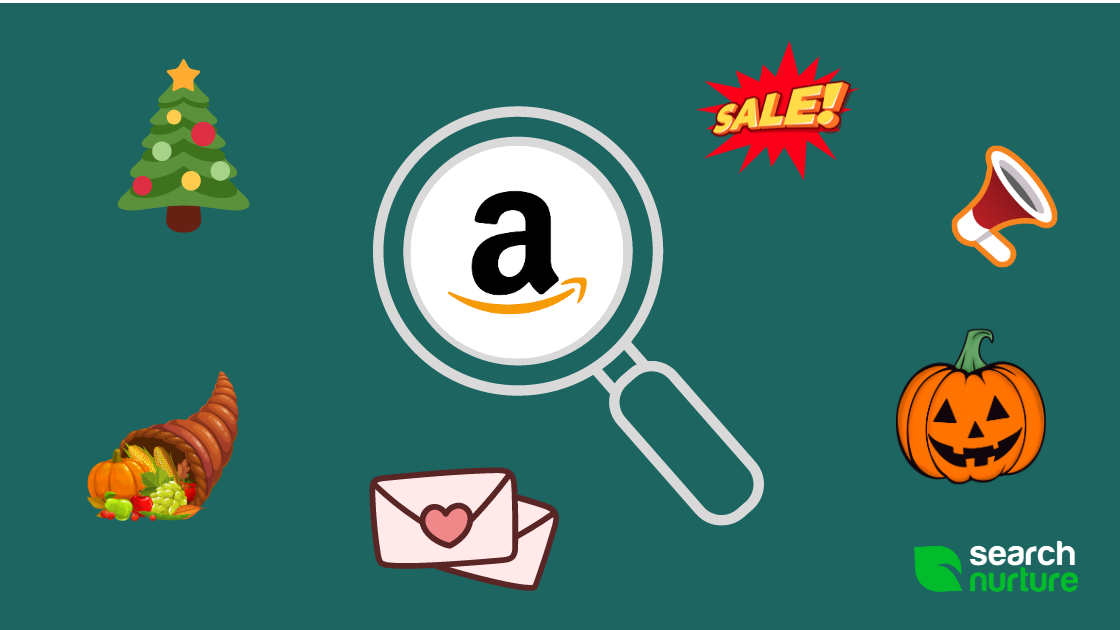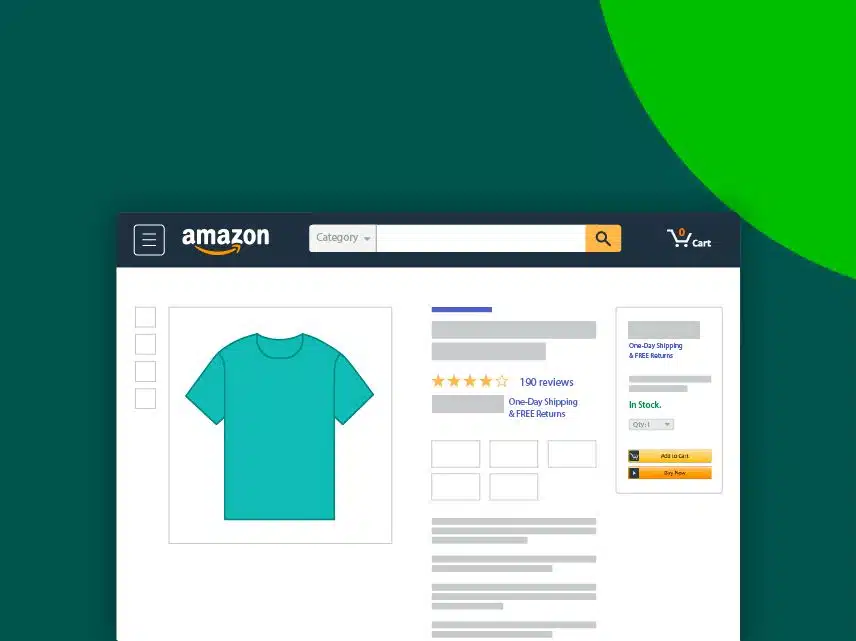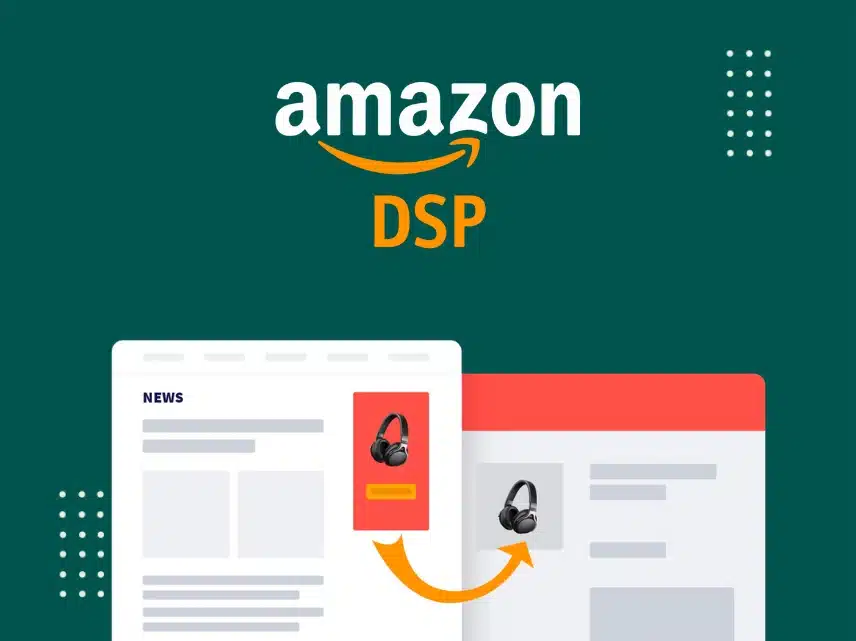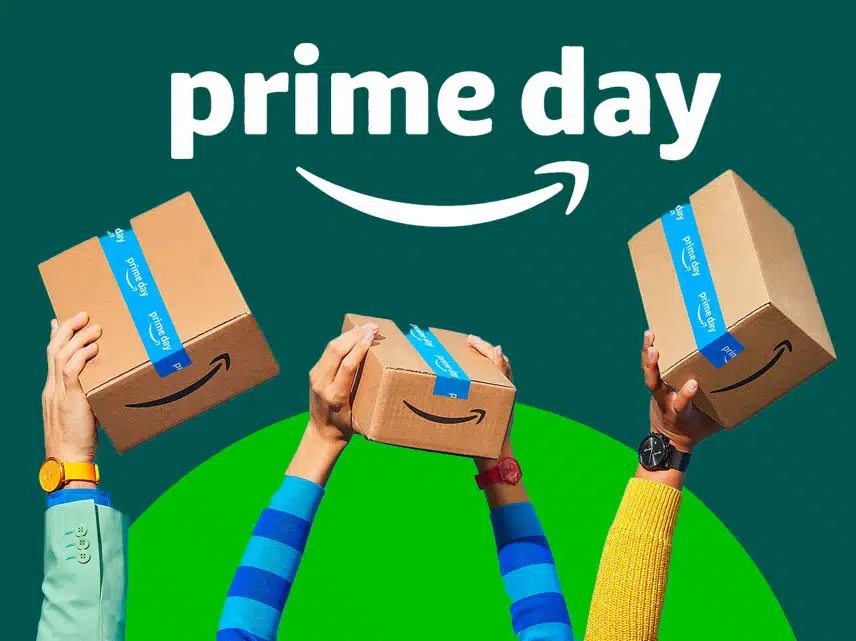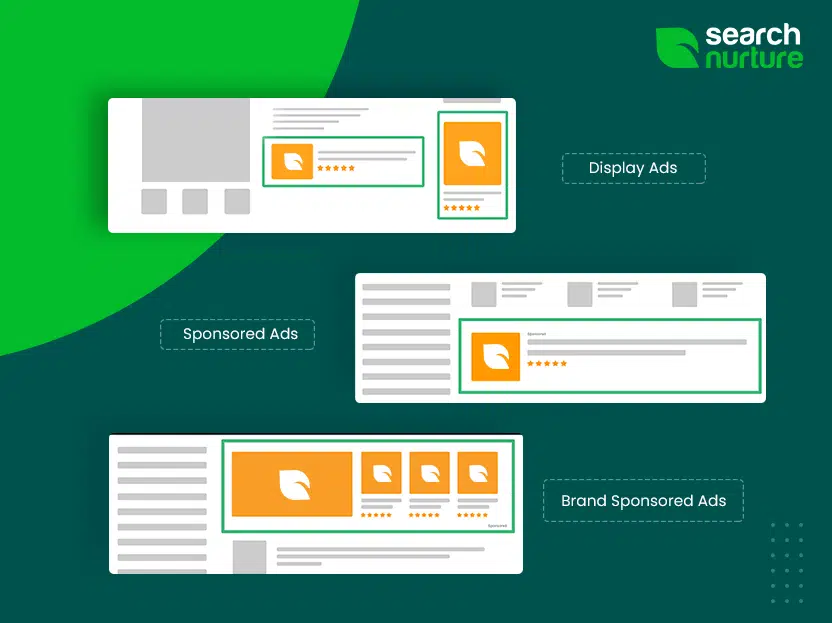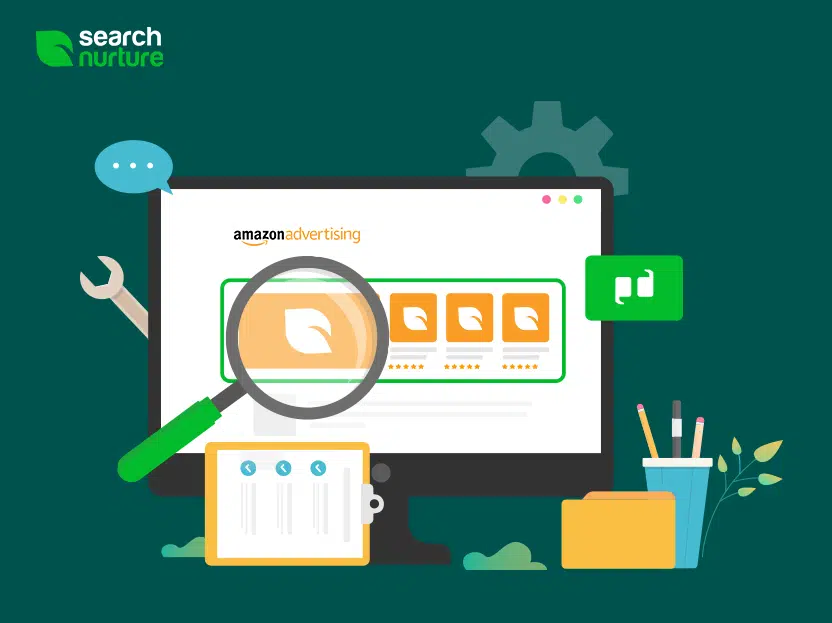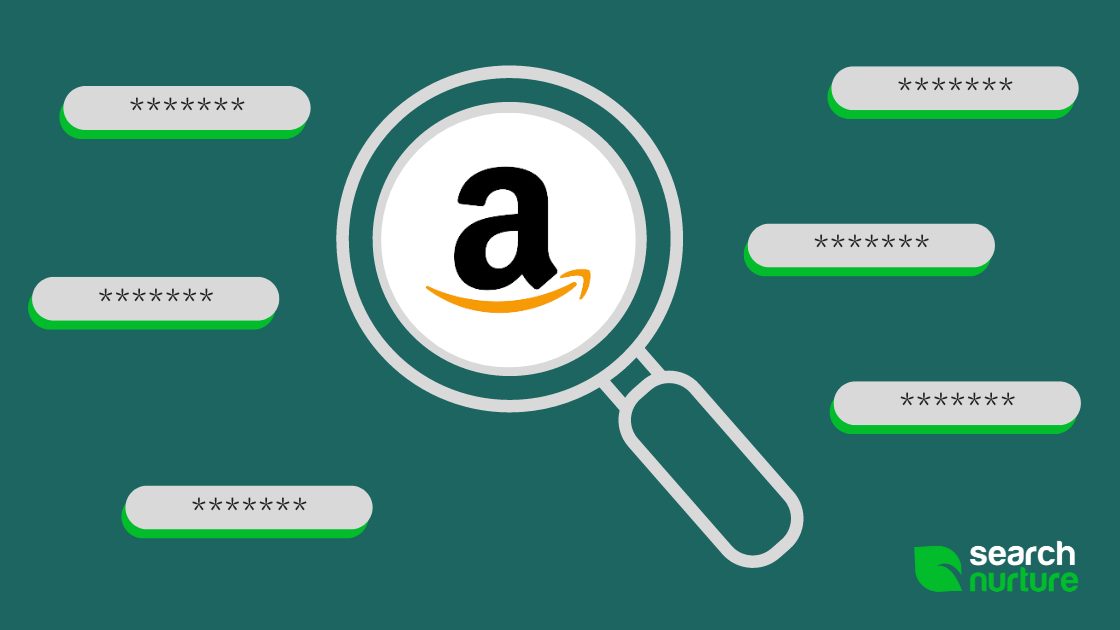Amazon Prime Day isn’t just an ordinary sales event; it’s a seller’s Super Bowl. Prime Day brings a huge opportunity to boost your sales and gain new customers. But you’ll need a strategic advertising plan to stand out in the sea of deals.
I’ve been an Amazon advertising specialist for years, helping dozens of brands achieve Prime Day success. In this guide, I share my tried-and-true advertising strategies to help you win market share and increase profitability during Amazon Prime Day.
How to Boost Prime Day Sales With Amazon Advertising
You must balance market share growth with profitability to make the most of the Prime Day event. By leveraging Amazon advertising, you can maximize your reach and convert curious browsers into loyal customers. Here are some tips:
Cross-Target Your Own Products
You want customers to stay with your brand (and away from competitors). By cross-targeting your products—putting related products next to each other—you can encourage more sales while safeguarding your market share and profitability.
Cross-targeting involves promoting complementary or related items to shoppers already interested in your brand. For example, if a customer is viewing a listing for a kitchen mixer, you could cross-promote accessories like mixing bowls or a blander. This increases the chance of multiple purchases and keeps customers engaged within your product lineup.

Keyword Expansion
You must expand your advertising efforts on top-converting keywords that have demonstrated strong Return on Advertising Spend (ROAS). Take these steps:
- Start by researching and adding long-tail keywords relevant to your products. These more specific search phrases likely have less competition but higher conversion rates.
- Stay updated on trending keywords in your niche and incorporate them into your campaigns.
- Use tools like Amazon’s search term report or Helium 10 to find which keywords are driving traffic
- Adjust your keyword strategy accordingly to capture a broader audience.
Check out my Prime Day Guide for SEO Optimization for more tips in this area.
Automated Targeting
Don’t overlook the power of Amazon’s automated targeting options. Automated targeting leverages Amazon’s own algorithms to match your ads with relevant customer searches. It’s an excellent way to discover new keywords and reach untapped segments. You can start with automated campaigns to gather data, then refine your ads based on performance insights.
Negative Keywords
Implementing negative keywords is essential for optimizing your ad spend. Negative keywords are terms for which you don’t want your ads to appear, helping you avoid irrelevant clicks that don’t convert. Regularly review your search term reports to identify non-performing keywords and update your negative keyword list to improve campaign efficiency.
By integrating these advanced methods, you can fine-tune your Amazon advertising strategy to make sure it broadens your reach and maximizes profitability.

The 3 Steps to Grow Amazon Sales and Win Market Share
There are three major components to your Amazon advertising strategy:
1. Target With Sponsored Products and Sponsored Brands
You’ll want to target your advertising in three main areas:
- Competition products: Target products that are direct competitors to your offerings. Bid on keywords related to these products to divert potential customers to your listings instead.
- Category: Explore broader category targeting to reach a wider audience interested in products similar to yours.
- Competitor brand names: Many sellers face the challenge of competitors piggybacking on their product pages. Shake these competitors off your back and protect your market share by targeting their brand names in your advertising campaigns.
2. Increase Your Awareness and Consideration Campaigns
Consumers will start window shopping before the October Prime Day event. They may even add products to their cart to keep an eye out for incoming deals. Leverage this stage to raise awareness of your products:
- Sponsored product campaigns: Cast a wide net by using a mix of automatic and manual keywords to increase visibility.
- Sponsored brands: Showcase your brand with sponsored brand campaigns, which may include video advertisements and a boost to your Amazon storefront.
- Sponsored display campaigns: Utilize VCPM (Viewable Cost-Per-Mille) and page visit campaigns to encourage potential customers to visit your product detail page.
Build and launch these campaigns well in advance to allow sufficient time for learning and optimization.
3. Increase Organic Ranking
To maximize Prime Day success, you’ll need to boost your organic ranking by doing the following:
- Review brand analytics: Identify high-impact keywords (branded and non-branded) that significantly contribute to your sales.
- Bid aggressively: Bid aggressively on these keywords through sponsored product and sponsored brand campaigns (phrase and exact match) to secure top placements in search results.
- Shift KPI focus: Shift your focus from Advertising Cost of Sales (ACoS) to Total Advertising Cost of Sales (TACoS) for these campaigns. Measure success based on placement, top-of-search visibility, total sales (combining ad and organic sales), new-to-brand sales, and conversion rates.
- Leverage social media: Use platforms like Facebook, Instagram and TikTok to promote your deals and engage with customers.
Final Thoughts on Amazon Prime Day Advertising
Amazon Prime Day is a prime (pun intended) opportunity for sellers to thrive. But, success requires careful planning and strategic advertising. By using these advertising strategies, you can win market share, increase profitability, and make the most of this retail extravaganza.
Remember that Prime Day isn’t just about immediate sales; it’s also a chance to enhance your brand’s visibility and reputation and earn loyal customers, setting the stage for long-term success on Amazon. The work isn’t over after Prime Day, though. You’ll want to look back at your Prime Day performance to make a game plan for the future (but that’s a blog for a different day). For now, happy Prime Day!
More Amazon Prime Day Prep Guides:

Article by


